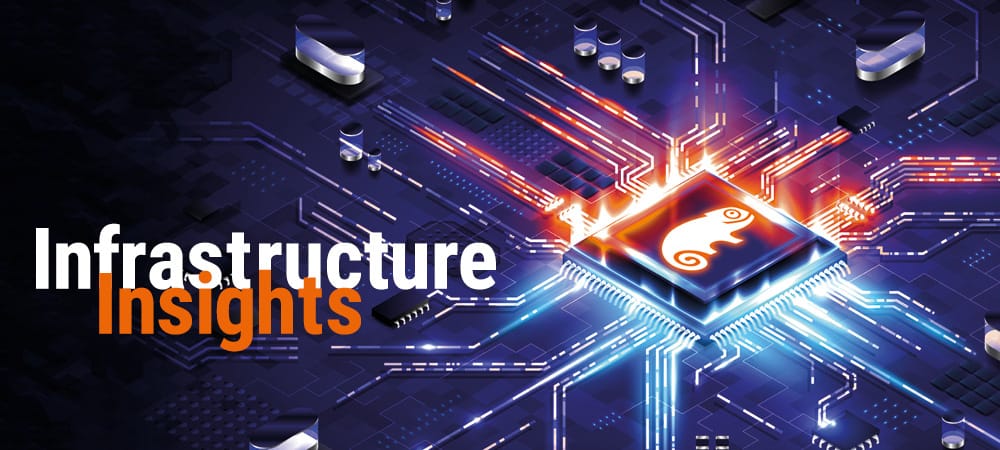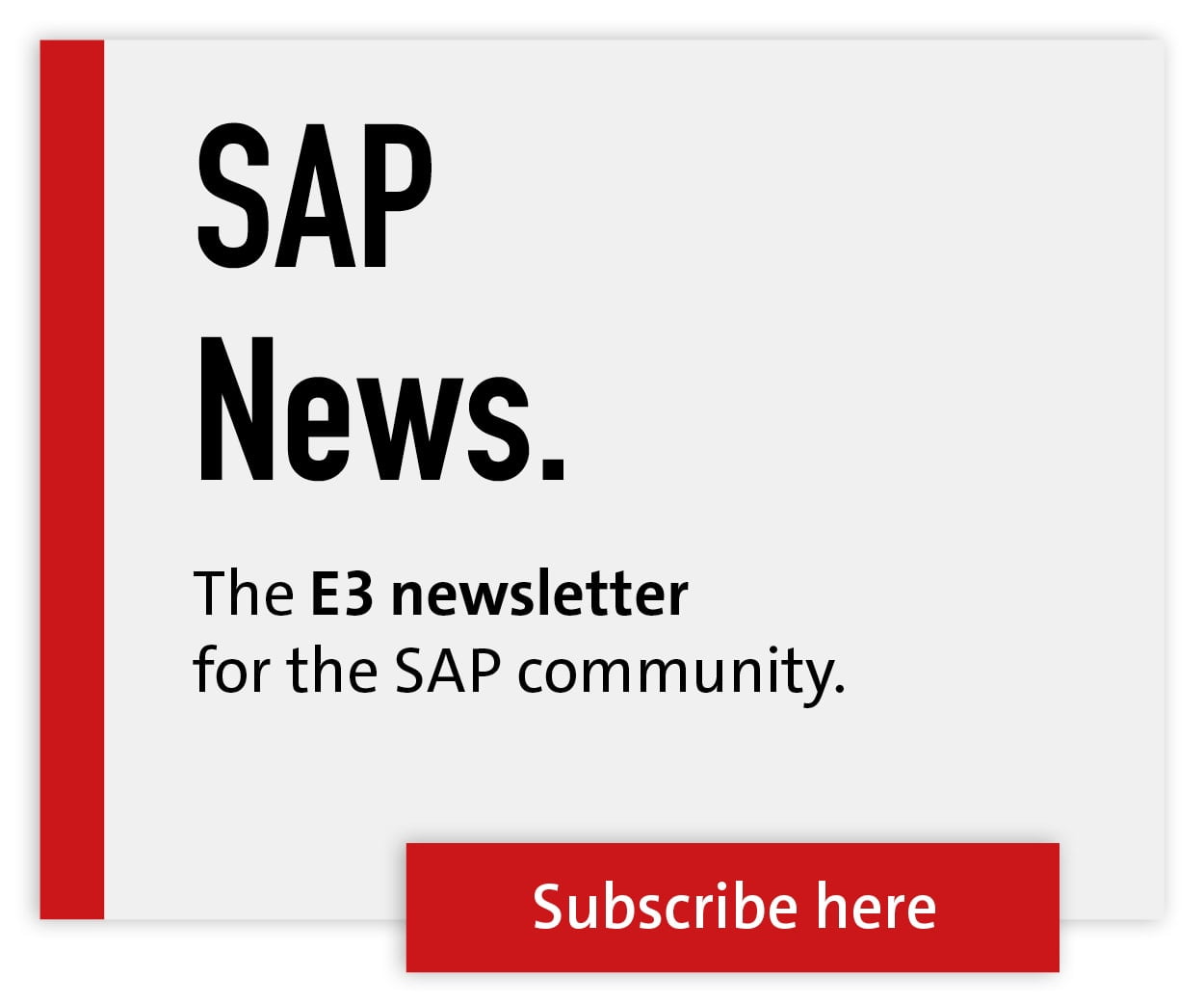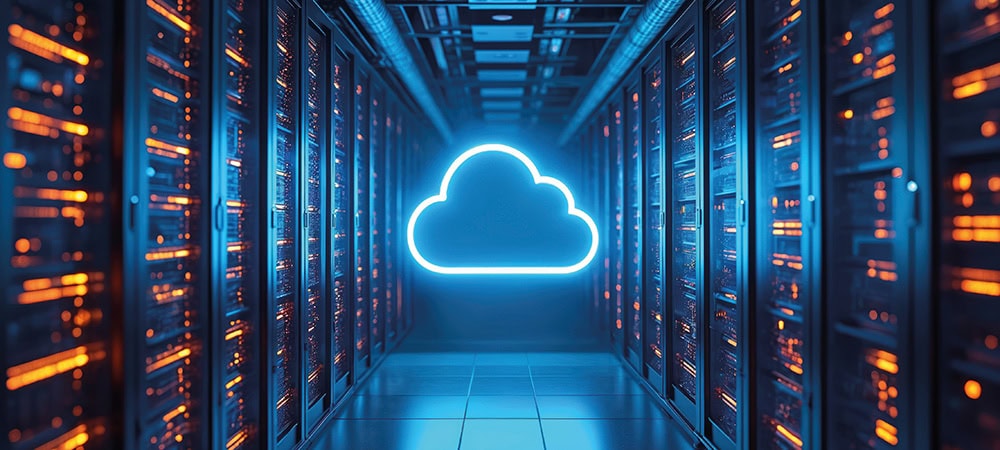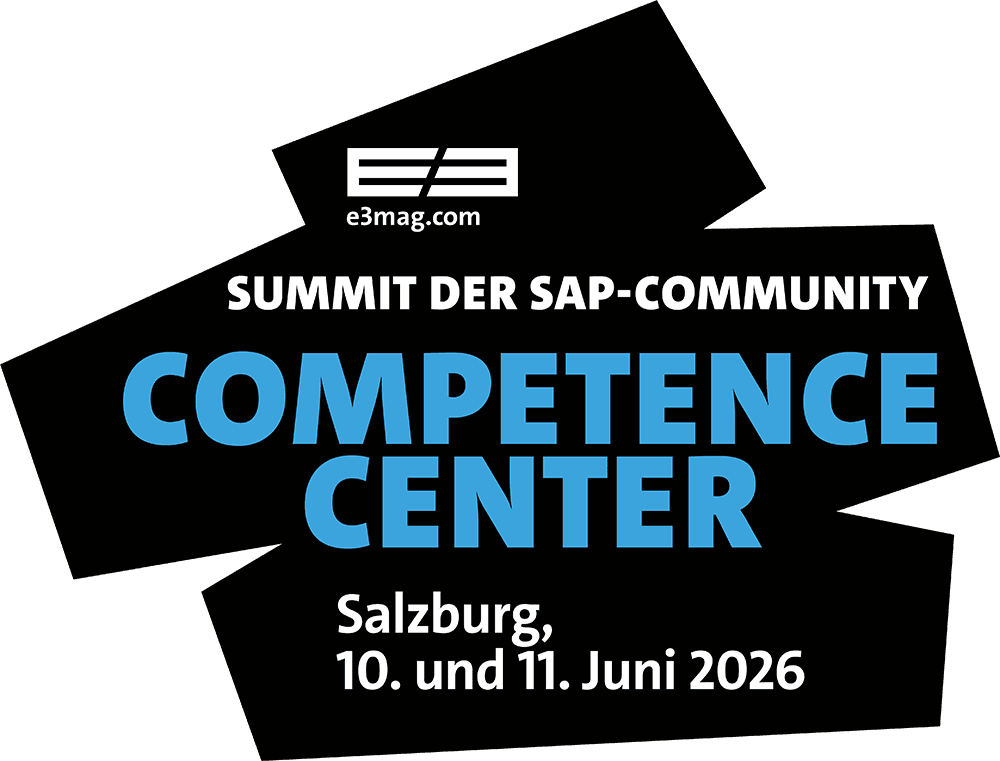Digital Sovereignty Is A Necessity, Not a Luxury


Increasing EU regulation, geopolitical tensions and dependence on non-European hyperscalers are increasing the pressure on companies to take a strategic approach to digital sovereignty. SAP customers face the challenge of operating business-critical workloads in a secure, compliant and future-proof manner. The good news is that open source is the key to greater control, flexibility and security. Sovereignty is not a product, but a strategy. It describes the ability to exercise control over data, infrastructure and software independently of providers or countries.
For SAP customers, this means that they need to understand where their data is stored, who can access it and how their systems would behave under changed conditions. To support customers and partners in this, Suse has developed a multi-stage implementation model: the Cycle of Digital Sovereignty. It is not a product, but a holistic approach that integrates architecture, open source, compliance and operability.
Four phases to sovereign IT
Suse recommends a structured approach to achieve sovereign IT. In the planning phase, stakeholders should be involved, regulatory requirements analyzed, software supply chains checked and workloads classified. This is followed by the implementation phase, in which sovereign architecture models are evaluated and open source technologies are used in a targeted manner. The third phase, validation, involves testing business continuity plans with regard to technology survivability. Finally, integration should take place, in which sovereignty is established as a continuous process. This approach is particularly relevant for SAP customers with hybrid or multi-cloud environments, as a sovereign architecture offers both security and freedom of action.
Suse is committed to the promotion of open technologies throughout Europe. As an official supporter of OpenForum Europe, Suse contributes its experience to the political discourse, for example at the EU Open Source Policy Summit. The aim is to create sustainable framework conditions for open source and to enable digital sovereignty across the board. SAP landscapes have long relied on open source technologies - from Linux and containers to automation. This makes the professional, continuous operation of these components all the more important. Suse follows the principle of security and upstream first: security updates and innovations flow directly into the upstream projects and are secured via our own enterprise services. For SAP customers, this means maximum compatibility with minimum risk.
Sovereign support from Europe
With Suse Sovereign Premium Support, Suse offers a new service package especially for sovereign IT environments. It includes personal support engineers and service delivery managers based exclusively in the EU. All support data is stored and encrypted within the EU. Another advantage is the familiarity with local compliance requirements. Especially for SAP customers with high compliance requirements - for example in the public sector or defense - this means an additional level of security. According to IDC, over 80 percent of European companies are planning to use sovereign cloud offerings by 2025.
SAP managers should analyze their system landscape: Where are the systems running, under what conditions, with what dependencies? The goal: a secure, compliant and innovative infrastructure. Suse supports this with tools, consulting and technologies such as Suse Linux Enterprise Server for SAP Applications, Suse Rancher for SAP applications or Suse Security - supplemented by the new Sovereign Premium Support. Digital sovereignty is more than compliance - it ensures resilience, innovation and independence. Open source offers SAP customers the opportunity to retain control and act flexibly at the same time.
To the partner entry:







